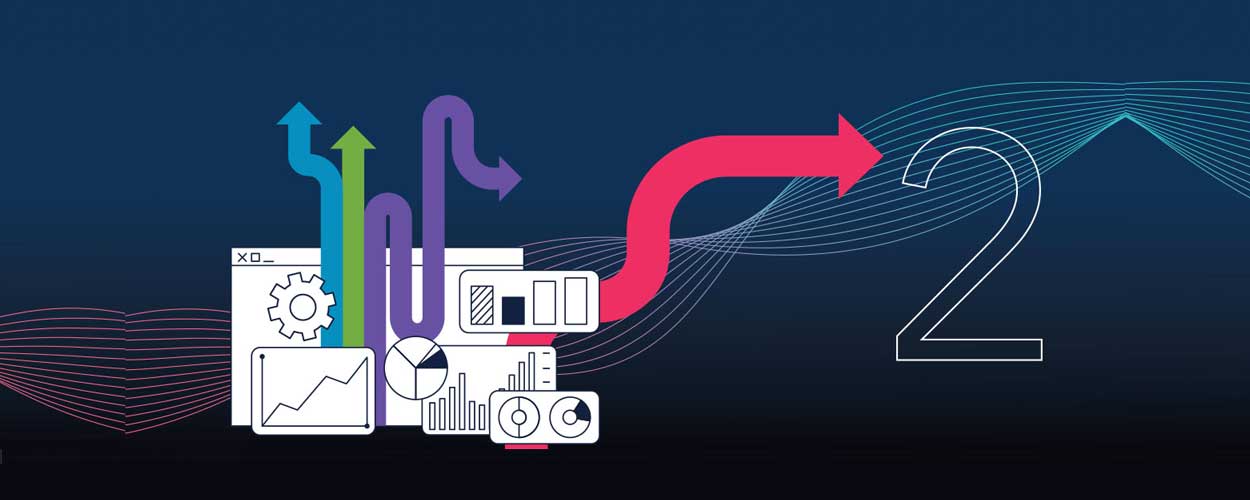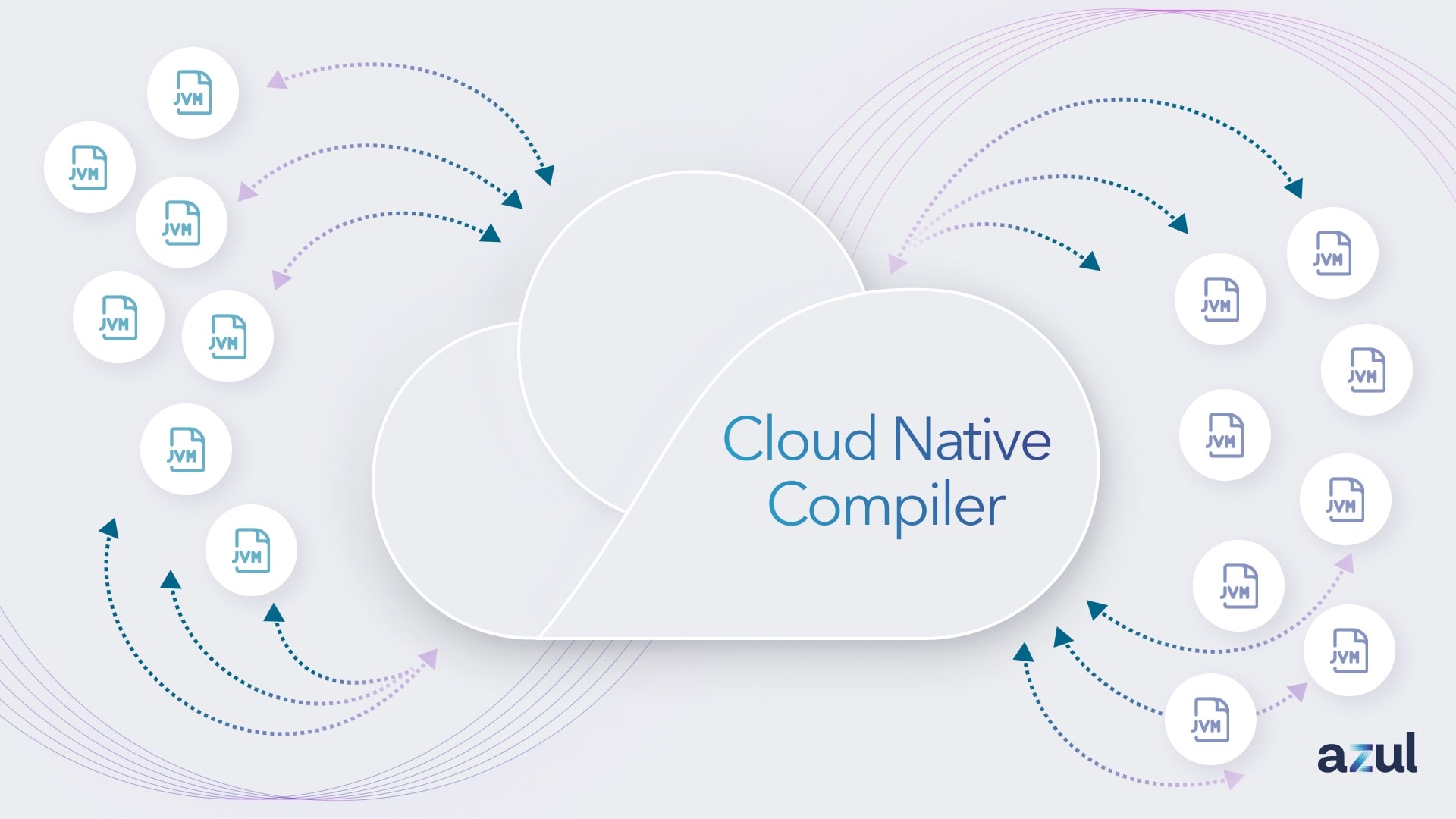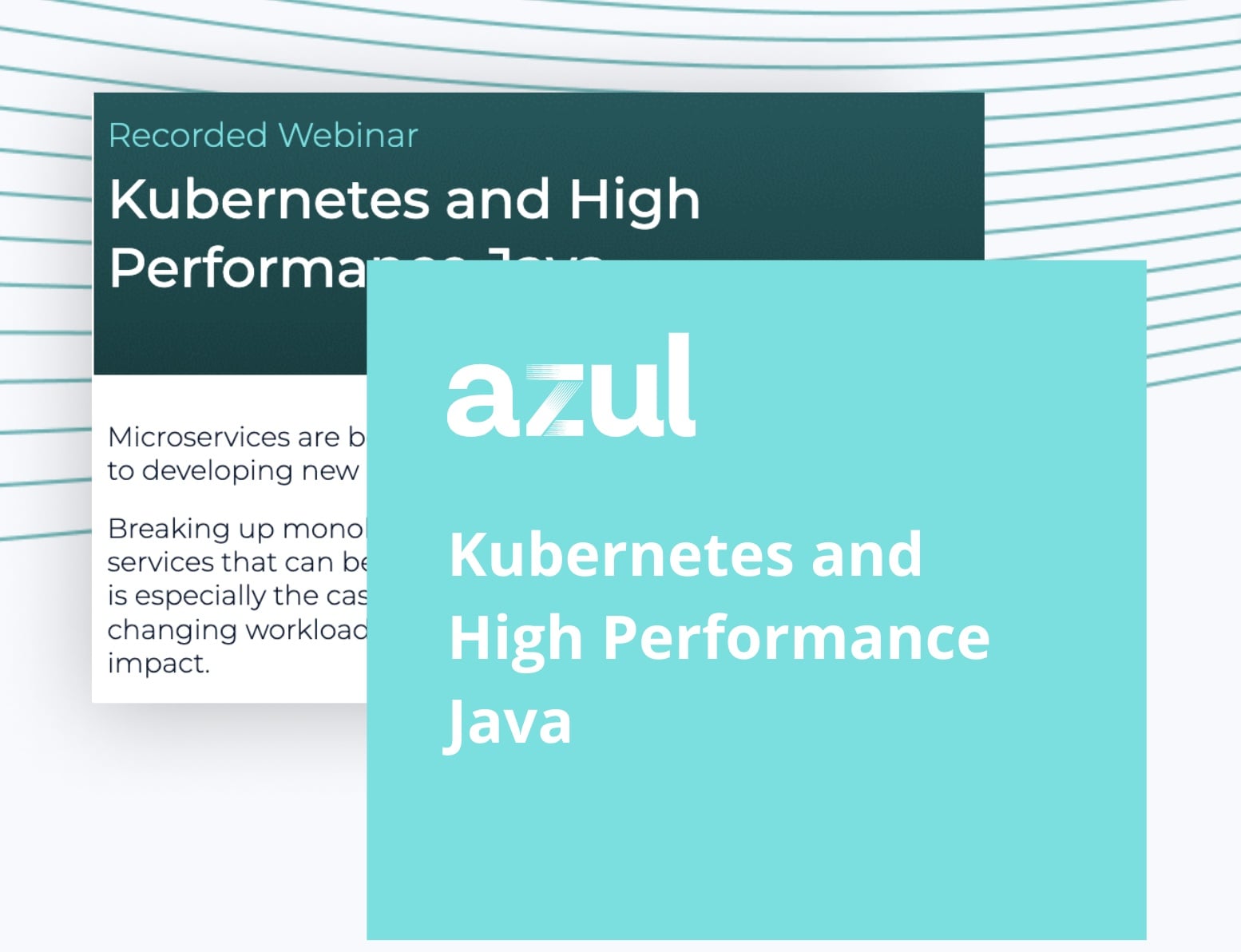
Azul State of Java Survey and Report 2023

Application Workloads in the Cloud Will Be the Top Choice in 2023

Cloud Native Compilation: Bringing JVMs into the Modern Cloud World


Kubernetes is the most popular orchestration software for deploying and operating containerized applications. Read this article to learn more about Kubernetes and its purpose.
Containerized applications — apps that run in isolated runtime environments called “containers” — can be difficult to manage. Not only do you have to watch out for security issues, but you also have to deploy, scale, and load-balance your apps.
That’s where Kubernetes comes in. Also known as k8s, Kubernetes is an open-source system for deploying, managing, scaling, and automating containerized applications. Countless companies and developers use Kubernetes to accelerate and streamline the management and deployment of containerized applications.
Read on to learn more about Kubernetes, how enterprises use it, the risks associated with using Kubernetes, and more.





ubernetes simplifies the process of deploying, scaling, and managing containerized applications across different environments and hosts.
Common use cases for Kubernetes deployments include stateless web servers and applications that require persistent storage. Kubernetes can be used in AWS Kubernetes or Azure Kubernetes projects.
Kubernetes is often mentioned in the same sentence as Docker, but there is no “Kubernetes vs. Docker” comparison. That’s because Docker is a suite of software development tools for creating, running, and sharing individual containers, while Kubernetes is a system for managing containerized applications at scale. In fact, Docker is used to create the containers that run inside k8s!
As such, Docker and Kubernetes are mostly complementary technologies. However, Docker also offers a system that is a Kubernetes competitor — Docker Swarm, which runs containerized applications at scale called Docker Swarm.
Kubernetes also has some surface similarities with Red Hat OpenShift, an enterprise-grade open-source platform for accelerating the creation and delivery of cloud-native applications.
The main difference between Kubernetes and OpenShift is that OpenShift offers a wider range of components for containers. These include continuous integration and continuous delivery (CI/CD), multi-cluster management, and logging to accelerate the development and delivery of containerized apps at scale.
Enterprises can use Kubernetes for various purposes depending on their needs. However, most companies use Kubernetes to manage containerized applications in complex environments. Specifically, they use Kubernetes for deployment, scaling, automation, load balancing, and resource allocation.
Deployment
Enterprise teams can use Kubernetes to automate the deployment of containerized apps to different environments and hosts, such as production, quality assurance, staging, and testing.
Not only does Kubernetes deployment save time and reduce errors, but it can also make changes in real time to ensure the continuity of important applications. For example, Kubernetes can bypass down nodes or replace a failed pod to ensure continuity.
Scaling
Companies can use Kubernetes to scale containerized applications up and down depending on demand. This lets companies cut down on resources and spending.
For example, suppose a service in production has a greater load during certain times of the day. Companies can use Kubernetes to dynamically and automatically increase the cluster nodes and deploy pods to handle changes in demand. Once the load decreases, Kubernetes can automatically adjust to fewer nodes and pods, minimizing resources and spending.
Automation
With Kubernetes, enterprise teams can automate many routine tasks, such as deployment and scaling. This gives developers more time to focus on creating and improving applications.
Kubernetes automation also provides the following advantages:
Load balancing is a process that splits traffic across multiple servers to improve application availability and prevent overload. In non-container environments like servers, load balancing is usually simple. However, load balancing between containers requires a lot of work, which is where Kubernetes comes in.
Kubernetes offers two main types of load balancers: internal load balancers and external load balancers.
With internal load balancers, containers in the same Virtual Private Cloud can communicate with each other via routing. However, external load balancers direct external HTTP requests into a cluster with a specific IP address. Once the cluster receives the requests, it will route the internet traffic to notes identified by ports.
Resource allocation
One big advantage of Kubernetes is that it reduces overhead by setting limits on resources like local ephemeral storage, memory, and CPU. Resources like CPU are compressible, which means Kubernetes will use the CPU management policy to limit them. Other resources, like memory, are killed if they cross the limit.
Kubernetes offers many advantages for enterprises, including efficient and reliable deployment, scaling, and automation. However, as with all things, it comes with several risks, including the following.
Hardware
Kubernetes requires a hardware platform whether it runs in a cloud managed by a third party or on-premises. Accordingly, if a threat actor can breach the hardware running Kubernetes and gain access to root privileges, they can breach the Kubernetes clusters.
Enterprises can reduce hardware risks by:
The Kubernetes API server
Enterprises also need to secure the Kubernetes control plane. The control plane can see all of the containers operating in a cluster, including the Kubernetes API server, which enables users to interact with the cluster.
A cyberattack on the Kubernetes API server can have severe consequences. A few stolen secrets or credentials can grant a threat actor higher access and privileges, turning what was initially a small vulnerability into a network-wide problem.
Companies can reduce Kubernetes API server risks by:
Containers
Containers and pods — groups of one or more containers running instances of an application — are the foundations of Kubernetes clusters because they contain all of the information required to run applications. They have several main vulnerabilities, including unsecured access to a container host(s) and unsecured image registries.
Although Kubernetes offer features to help create secure clusters, the default settings are not fully secure. Enterprises must make the right changes to the clusters, workloads, networking, and infrastructure configurations to ensure that Kubernetes containers are 100% secure. For example, they should:
The key Kubernetes architecture strategies give enterprises the power to handle their application development and deployment needs. These key strategies include:
Kubernetes architecture can empower your enterprise to deploy and operate containerized applications effectively and efficiently.
However, Kubernetes also comes with hardware, Kubernetes API server, and container cybersecurity risks. If developers don’t have the time, energy, or expertise to close these security gaps, threat actors can gain access to confidential client and business data, leading to reputational damage, identity theft, and other severe consequences.
That’s where Azul comes in. We have over two decades of Java leadership. Our two flagship products, Azul Platform Core and Azul Platform Prime, can help reduce startup and warmup times, and eliminate latency effects from the Java garbage collector. Azul Vulnerability Detection uncovers known vulnerabilities in the Azul JVM, including Kubernetes. Check out our products, solutions, and services to protect your containerized applications today.
A truly superior Java platform that can cut your infrastructure costs in half.